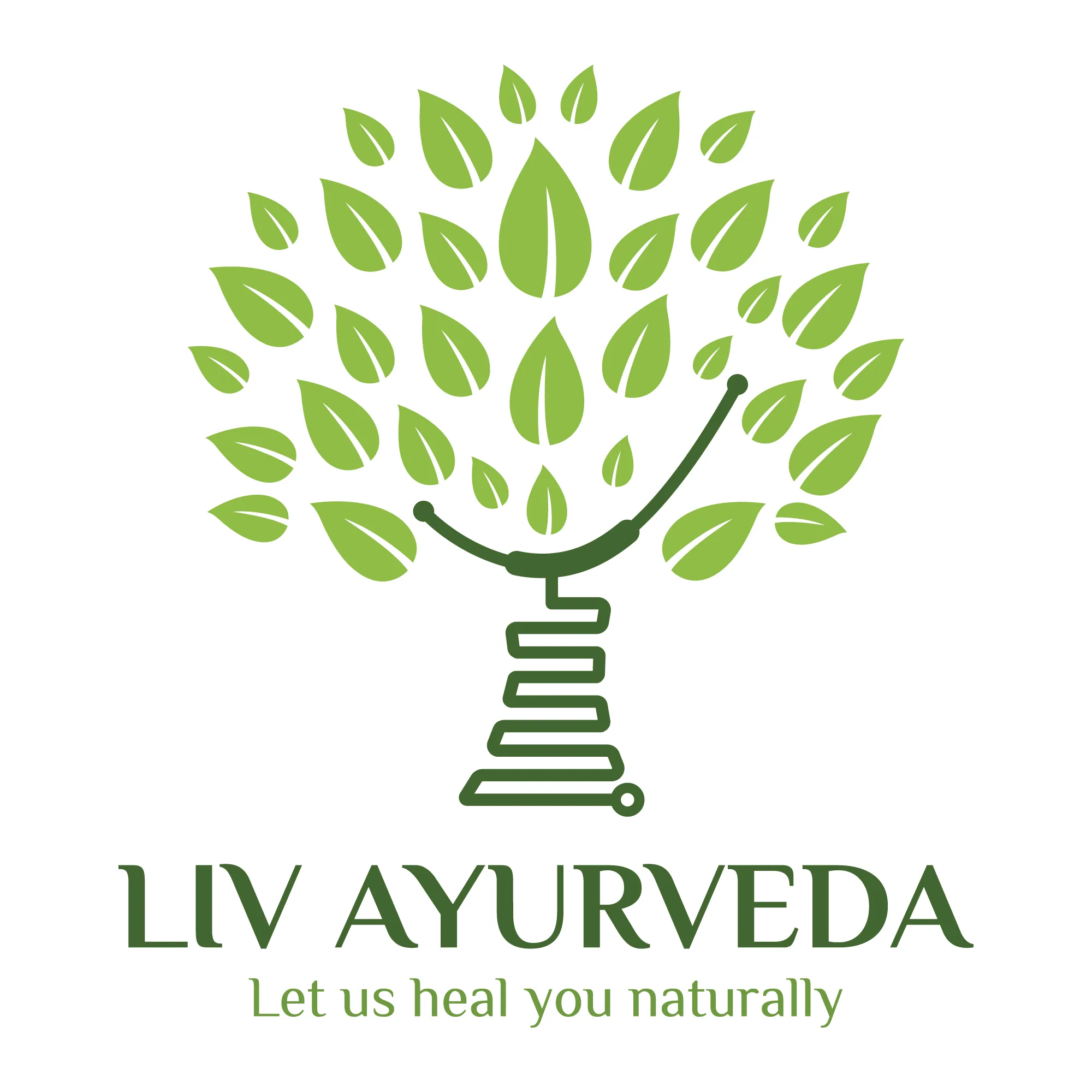Your cart is currently empty!
Ayurveda analyzes the uniqueness of an individual human body and utilizes the concept of dosha elements to get an insight into a person’s needs. For the purpose of eliminating doshas and bringing balance to the body, Ayurveda brings with it the traditional steam therapy or Swedana as recognized in the Ayurvedic medical science.
Now, with sweda derived from the Sanskrit word, swid having the meaning ‘to sweat’, the process of Swedana involves sweating to assist with detoxification and establish a balance between doshas in the human body.
In short, everyone has a proportion of three doshas in themselves. According to Ayurveda, when any of the predominant dosha in the body increases, it could lead to the accumulation of toxins and various health conditions. However, the Swedana procedure is believed to help in the removal of bile toxins, along with the toxins piled up in the body.
To elaborate, sweating is induced after or along with lubrication, to prepare the body for Pancha karma. What’s more, Ayurveda recommends thirteen different types of sweating procedures for different conditions, body types, dosha involved and body parts. Broadly sweating can be divided into two; dry sweating and wet sweating.











